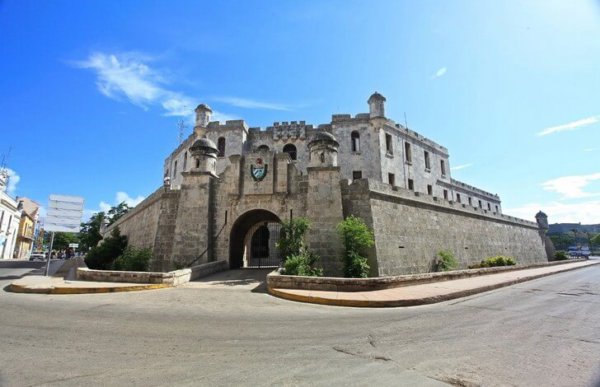
The most interesting and beautiful tourist sites in Cuba
Photos, reviews, descriptions, and links to maps
Hot tropical Cuba is one of the best places for a beach holiday. The Caribbean coast pleases tourists with turquoise colour of transparent water, snow-white sand and sincere hospitality of the locals. The resorts of Havana, Varadero and Villa Clara open the doors of comfortable hotels and always offer quality service.
People go to colourful Cuba for the passionate rhythms of salsa and rumba, for the constant atmosphere of festivity that reigns in the streets painted in bright colours. The spirit of freedom, almost unconditional adoration of the national hero Che Guevara, vintage cars on the streets and constant siesta make this country unique and not similar to others. In Cuba, tourists will find a celebration of life, dancing, spicy cuisine and a smooth Caribbean tan.
Made with ❤ for tourist